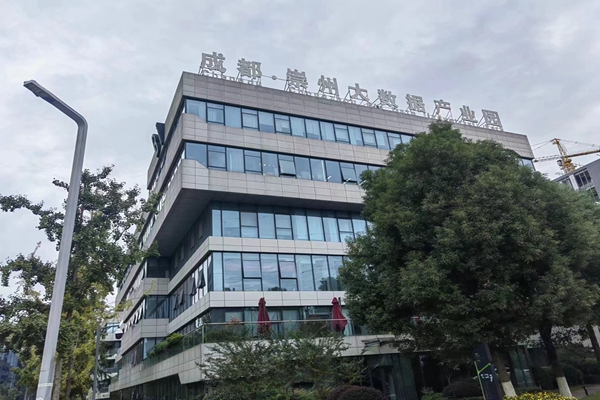Where does the Automatic Monitor Fire Water Cannon Application?
June 13, 2024
Automatic monitor fire water cannon, also known as the automatic tracking and positioning jet fire suppression device, is a high-tech fire protection product ,which combines infrared and ultraviolet, signal processing, communication control, computer and mechanical transmission technology.
When fire source discovered, the automatic fire water cannon starts immediately, Scanning of fire sources intelligently, tracking and positioning the specific the fire source location as quickly as possible. The controller sends out a fire alarm signal, Start the water pump at the same time, Open the solenoid valve. The automatic monitor fire water cannon aims at the fire source to spray water to extinguish the fire. After the fire source extinguished, the controller then issues a command to stop water injection. If a new fire source is discovered, The Automatic Detection/ Monitor Fire Water Cannon will repeat the above process, Return to the monitoring state after all fire sources are extinguished.

Automatic monitor fire water cannon is used in various high-risk environments where rapid and effective fire suppression is necessary. Automatic monitor fire water cannons applications include:
Industrial Facilities:
Oil and Gas Refineries: To manage fires involving highly flammable substances and provide coverage over large areas.
Chemical Plants: For protecting areas with hazardous and reactive chemicals.
Power Plants: Especially in areas with combustible materials or high-voltage equipment.

Storage and Warehousing:
Large Warehouses: For protecting storage areas containing flammable materials.
Tank Farms: To protect large storage tanks of fuel and chemicals.

Maritime:
Ships: Particularly in engine rooms, cargo holds, and deck areas where fires can be challenging to access.
Offshore Oil Rigs: Where quick and effective fire suppression is crucial due to isolation and high fire risk.
Public Infrastructure:
Road and Rail Tunnels: Where fires can be difficult to reach and need rapid suppression to protect infrastructure and occupants.
Subways: For protecting stations and tunnels from fire hazards.
Large Commercial Buildings:
Shopping Malls: To cover large open spaces and areas with high foot traffic.
Convention Centers: Where large crowds gather and quick fire suppression is necessary.

Aviation:
Airports: In hangars, fueling areas, and runways to control jet fuel fires.
Aircraft Maintenance Areas: For providing immediate fire response in maintenance and storage areas.
Military:
Bases and Installations: Protecting areas storing munitions, fuel, and other combustibles.
Naval Ships and Submarines: For onboard fire suppression in confined and critical areas.
High-tech Facilities:
Data Centers: To protect electronic equipment and data from fire damage.
Telecommunications Centers: Where equipment is sensitive to both fire and water damage, often combined with appropriate water mist or other technologies.

Outdoor and Recreational Areas:
Sports Stadiums: To cover large open areas and manage fire risks associated with large crowds.
Amusement Parks: To provide fire protection in areas with high visitor traffic and potential fire hazards.

Transportation Hubs:
Ports and Harbors: For protecting cargo handling areas, especially where hazardous materials are present.
Rail Yards: Where flammable cargo might be stored or transported.
These applications leverage the automatic monitor fire water cannon's ability to be remotely controlled and to provide targeted, high-volume water streams to suppress fire quickly and efficiently, thus enhancing safety and minimizing damage.
